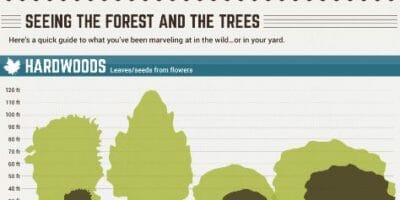Evaluating The Feasibility Of Trees: Identifying When Elimination Is Vital
Evaluating The Feasibility Of Trees: Identifying When Elimination Is Vital
Blog Article
Write-Up By-Dalby Levy
If you've ever wondered about the destiny of the trees on your residential property, understanding when it's time for elimination is crucial. Yet just how do you figure out if a tree can be conserved or if removal is the only option? By trying to find certain indicators and examining security risks, you can make informed choices that benefit both your landscape and your environments. Let's discover the vital aspects that enter play when choosing the destiny of a tree and how you can make certain the best end result for your eco-friendly companions.
Indicators of Tree Decrease
If you notice any of the following indicators of tree decrease in your backyard, it might be time to consider tree removal.
One common sign is dead or rotting branches, which can indicate underlying problems impacting the tree's health and wellness. Keep an eye out for blemished or wilted fallen leaves that linger despite correct care, as this could be an indication of illness or bugs.
An additional warning signal is extreme leaning or a recognizable shift in the tree's base, which might suggest origin issues or structural instability. Keep an eye out for fungal growth on the trunk or roots, as this can suggest rot and endanger the tree's stability.
In addition, if you observe large cracks in the trunk or significant arm or legs, it's critical to deal with these concerns immediately to avoid prospective risks. Dealing with these indicators of tree decrease quickly can aid maintain the security and looks of your yard environment.
Safety and security Worries
To make sure the well-being of your residential property and those around you, focusing on security issues associated with trees is vital. Trees can posture various security threats otherwise correctly kept. Dead or rotting branches may fall unexpectedly, endangering people or destructive structures.
Leaning trees can likewise be harmful, especially if they're leaning towards a building or high-voltage line. Furthermore, https://losangeles.cbslocal.com/2020/02/08/century-old-agoura-hills-witness-tree-damaged-in-woolsey-fire-to-be-cut-down/ with considerable root systems near foundations or underground energies can create considerable damages in time.
It's important to frequently evaluate your trees for any type of signs of prospective threat. Keep an eye out for splits in the trunk, large tooth cavities, or signs of disease and degeneration. If you discover any one of these concerns, it's best to speak with a specialist arborist to assess the circumstance and determine the essential course of action.
Taking proactive steps to resolve safety and security issues quickly can avoid accidents and residential or commercial property damage in the future. Keep in mind, the safety and security of your building and those around you ought to constantly be the top priority when it comes to tree maintenance.
Consulting an Arborist
When considering the health and safety of your trees, speaking with an arborist is an essential action. Arborists are trained experts that focus on the care and maintenance of trees. They can analyze the general wellness of your trees, identify any type of concerns such as illness or structural troubles, and provide professional referrals on the most effective course of action.
By consulting an arborist, you can obtain beneficial understandings right into the problem of your trees and figure out whether removal is necessary. Arborists have the knowledge and experience to assess the dangers associated with keeping a tree versus removing it. They can likewise supply advice on alternative remedies, such as trimming, cabling, or supporting, to aid protect the tree whenever possible.
Furthermore, arborists can help you navigate any type of local policies or permits that might be required for tree elimination. Their competence can make sure that the process is carried out securely and in conformity with any appropriate regulations.
Final thought
In conclusion, when figuring out whether trees can be conserved or if removal is required, it is very important to take into consideration indicators of decrease and safety and security issues. Consulting an arborist for a thorough assessment is crucial in making the best decision for the tree's health and potential hazards. Bear in mind, proactive treatment and timely activity can help protect trees and protect against crashes.
